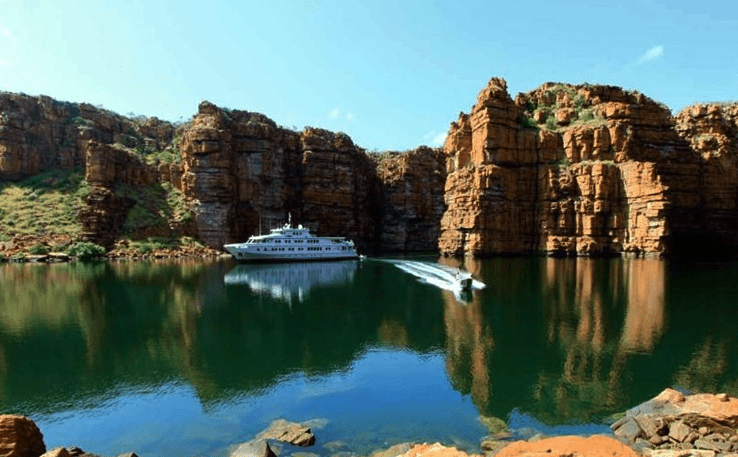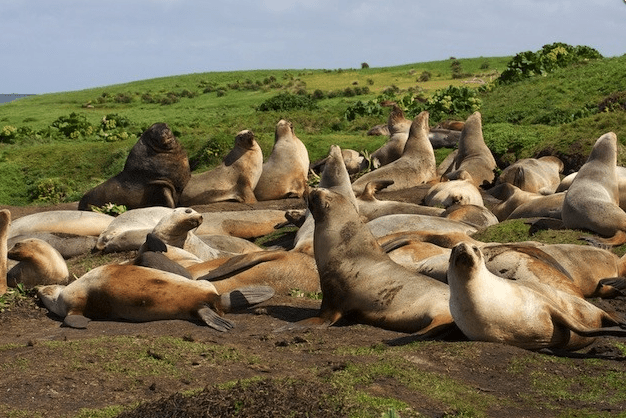Of all the places I’ve had the fortune to visit, Australia is unequivocally one of my very favorites. From the moment I stepped off the plane I felt a sense of ease, almost like coming home. This was the beginning of my journey living and traveling throughout the country, along the way exploring the energetic cities of Melbourne and Sydney, the wild and rugged terrain of the outback, and the piercing sapphire waters of the Gold Coast – home to the world famous Great Barrier Reef – and connecting with the rich history of the land, whose indigenous people are believed to have lived there for over 40,000 years.
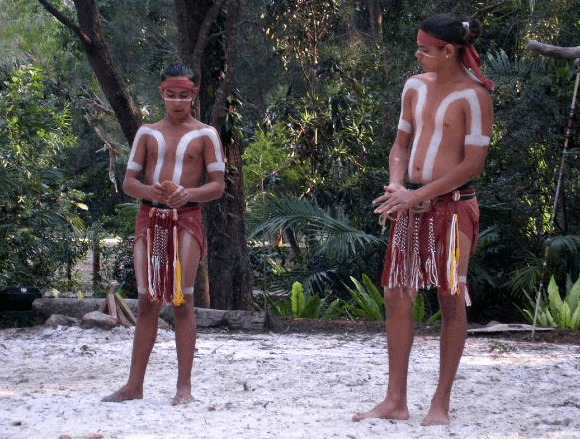
One of my favorite areas was an important yet little known part of the Australian continent – the Kimberley Coast. Located in the northwestern part of the country, the Kimberley region is one of the world’s last great wilderness areas, showcasing spectacular natural beauty. Indeed, it boasts more than 8,000 miles of coastline (including gorgeous beaches), over 2,600 islands, and extensive fringing reefs. As one of Australia’s fifteen listed national biodiversity “hotspots”, it is home to the continent’s largest inshore reef, lush mangrove forests, and a wide diversity of corals which attract a myriad of sea life to the region, including the world’s largest population of humpback whales!
In addition to the incredible scenery and animal life, you can also find a distinctive style of ancient rock art called the Bradshaw Paintings. This cave art, some of which is as clear and bright as if it was painted last week, almost looks like it belongs in a modern day science fiction movie. While seemingly “alien” in nature, its roots actually stretch back thousands of years, and it offers a marvelous glimpse into the ancient culture of the aboriginal people who made this region their home. Seeing such rich history come alive, in the setting of pure natural beauty, is a profound and unforgettable experience that just shouldn’t be missed.
Moving toward the middle of Australia – known as the “Red Center” by locals – I found yet more spectacular scenery and cultural wonderment. The famous ‘Uluru’ or Ayers Rock was among the most famous sights, and my bush walk with a local to learn of the myths and legends of the area, and hear stories about how they survived off the land, was nothing short of fascinating.
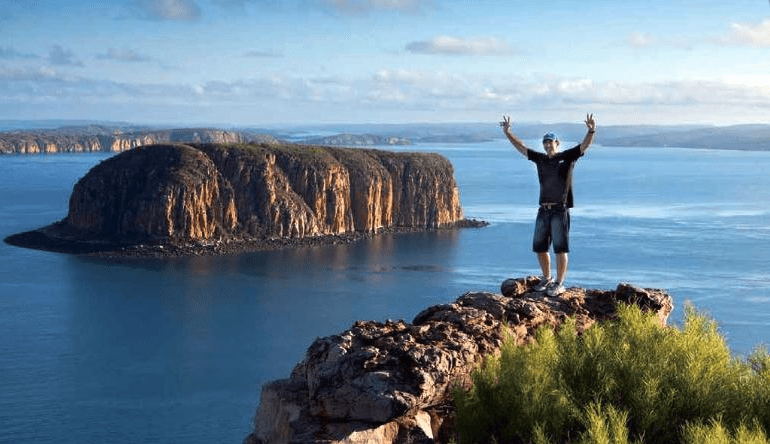
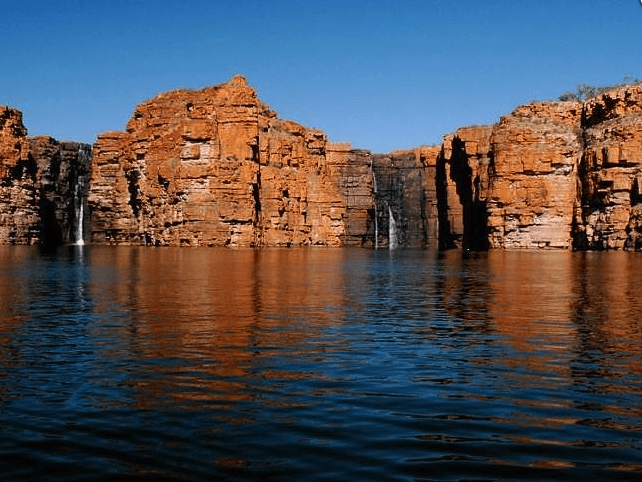
Then, quite in contrast to the Red Center, the most populated as well as most frequently visited region in Oz is the eastern coast line. From the Daintree Rainforest in the northeast, where lush trees spill out onto white sand beaches, to the Great Barrier Reef to the south, offering snorkelers and scuba divers some of the best underwater discoveries on the planet. Taken together with the striking architecture of Sydney’s Opera House and the colorful neighborhoods throughout the continent’s largest city, this region abounds with opportunities for exploration and enjoyment.
For the more intrepid adventurer, Australia is also a gateway to the most remote of all continents: Antarctica. While most trips to the “Great White Continent” depart from South America, it can also be accessed from both Australia and New Zealand. These trips tend to be longer and do require some planning, but are absolutely worth it and are truly once in a lifetime experiences. Sometimes referred to as ‘the heart of Antarctica’, the Ross Sea region is the last great unspoiled part of the world’s oceans. To date there has been minimal exploitation, and to enter this region of Antarctica is a privilege that only a few hundred people realize each year.
I encourage you to visit Australia. Whether it’s the abundant and unique wildlife, spectacular scenery, or fascinating culture that draws you, I am confident you will agree it is one of the most amazing places in our world.
